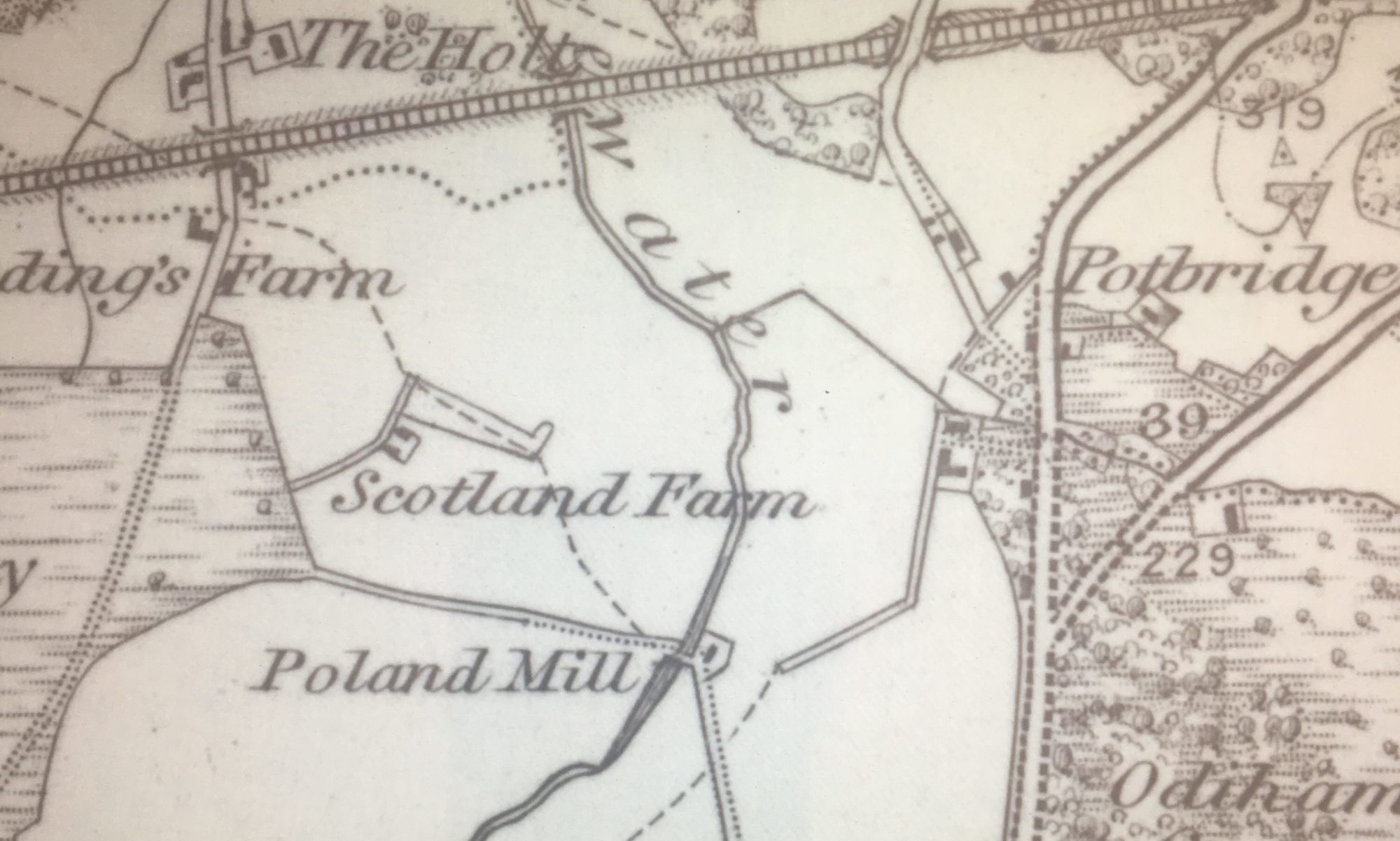How much does it cost?
In most cases it will be FREE. Yes absolutely free. If you are a long way from our home base there may be some travel recompense required.
How can it be free!
We do this as a hobby and enjoy our work. We also get to keep the smaller bits and pieces that may come up during a survey – see our terms and conditions.
How many People would be Involved?
It is entirely down to you.
Firstly we would have a discussion around locations, timings and number of people you may or may not want on the land. We would also discuss a trial/exploratory session before bringing a larger group if that is what is agreed.
We would also limit the group size based on the amount of land to be used in any given day/weekend and the landowner preference.
What about Livestock on the Property?
We often detect on working farms and work closely with the landowner to identify appropriate locations & times to work around livestock & cropping.
We’d usually avoid being in the same fields as cattle & horses (depending on the temperament of the horse!) though sheep are generally OK.
What about Crops on the Property?
For crop fields there are two times of year that are good for surveys. Early in the season after the fields have been ploughed and preferably rolled (seeded is also OK however depends on the landowner and the growth levels). Then again late in the season once the crop has been cut to (ideally) short stubble and through the winter as the stubble rots and the land is fallow.
What about Insurance?
We are members of the NCMD and, as agreed by the National Farmers Union are covered by insurance up to a value of £10 million and abide by all the regulations of the Antiquities Act and Metal Detecting Code of Conduct practice (act responsibility/fill holes/close gates etc).
What happens to the Survey Material?
We usually dig more trash than good items but the general rules are: we bring all small trash off the fields and leave in appropriate bins/waste containers if provided and/or take it with us. Larger items (plough bits etc) are usually left on the fence line of the field so as not to damage any farm machinery. All holes are filled in and, if on pasture, turf is replaced upright. For lawns, the grass is cut three sides and turned back (like a door), digging is done onto a tarp and then everything replaced tidily.
For coins and interesting finds of small value the finder will keep the items (or maybe donate to the landowner at the finders discretion). For items that are historically significant (mainly over 300 years old) and fall under The Treasure Act, these are notified to the FLO (Finds Liaison Officer) for the area and follow the proper process. They are generally evaluated, then valued and possibly offered for local/national museums to purchase. The proceeds are split 50/50 with the finder and landowner (note: this process can take some time).
What is the Treasure Act?
Refer to this link for full details of The Treasure Act.
